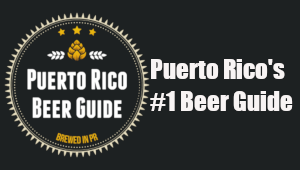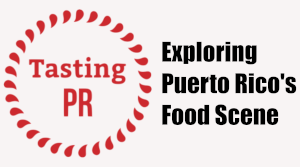
60 acres of landscaped gardens mixed with the remains of a 19th Century Sugar Cane Plantation are what awaits you at the Caguas Botanical Gardens. The Caguas Botanical and Cultural Garden (Jardin Botanico y Cultural) first opened in April 2007 and since then locals and visitors alike have walked the grounds enjoying the living exhibits alongside what remains of the Hacienda San Jose plantation.
The entrance to the actual gardens is set behind a large impressive waterfall feature and once you’ve paid the entrance fee you will receive a map of the gardens detailing the various paths and attractions. The map is in both English and Spanish and throughout the gardens you will find larger signs (some again in English and Spanish) at some of the areas providing more information.
Closest to the entrance on your right you will find a small museum, library and interpretive center as well as some antique agricultural equipment. Continuing past this area will take you to the main remains of the plantation. Here you will find the tall brick chimney and steam propelled sugar mill along with several large sugar cauldrons. The paths here are wooden and surrounded by local flowers. From here you can head to the boating lake or return to the Distillery Ruins near the entrance.

To the left of the entrance the path leads you to a small Rose Garden, the Garden of Conscience (an area dedicated to endemic trees that are in danger of extinction), The Ancestral African Grove (with trees and plants native to Africa) and the Ancestral Taino Grove (highlighting modern and ancient petroglyphs and tree species that were important to the Taino People.
From here you can make you way to the Palm exhibit by means of the very cool bridge that links the two areas. Note: The bridge is a small suspension bridge and as such it does oscillate as you cross. In this section you will also find the 21st Century Jibara House built to preserve the traditions of the Puerto Rican Country folk.
 Crossing another bridge will take you to the final area of the gardens around the boating lake. Here you will find the small Tropical Wetland, the Creole Grove with tree species that were used in Caguas during the 19th century and a path that was originally intended for the old sugar cane trains. The paths will take you back to the boating lake where you could take a ride on a pedal boat or just enjoy the views.
Crossing another bridge will take you to the final area of the gardens around the boating lake. Here you will find the small Tropical Wetland, the Creole Grove with tree species that were used in Caguas during the 19th century and a path that was originally intended for the old sugar cane trains. The paths will take you back to the boating lake where you could take a ride on a pedal boat or just enjoy the views.
Other areas of interest are the Orchid House and the Urban Agricultural Center, Unfortunately we were unable to check these areas as the weather decided to be uncooperative.
I really enjoyed the gardens and loved the mix of history with nature. If you are looking at getting away from the beach for a few hours or you just want to see part of Puerto Rico’s heritage, then the Caguas Botanical Garden is a very good option.
Information
Allow around 2 hours to see and joy the gardens









